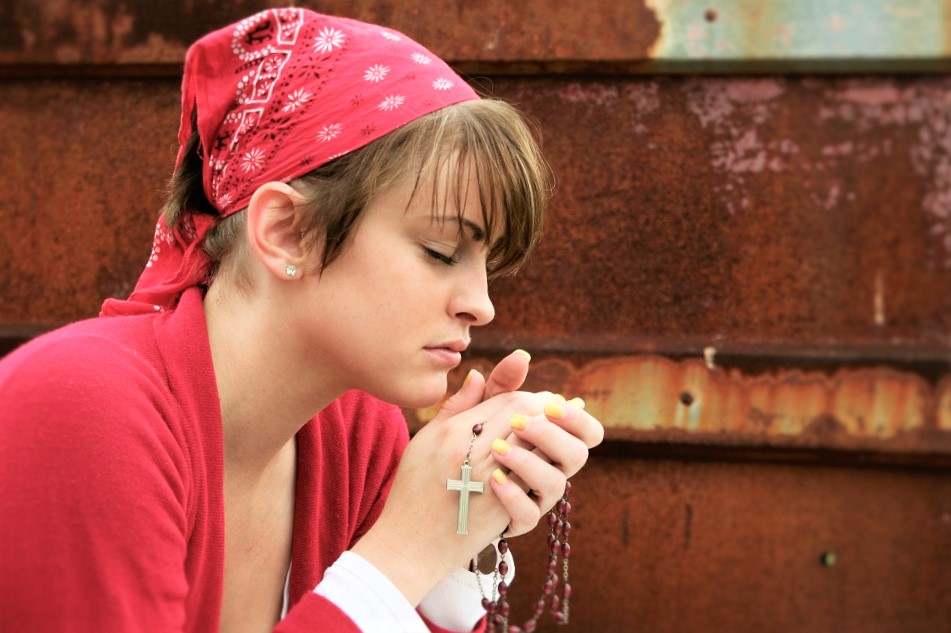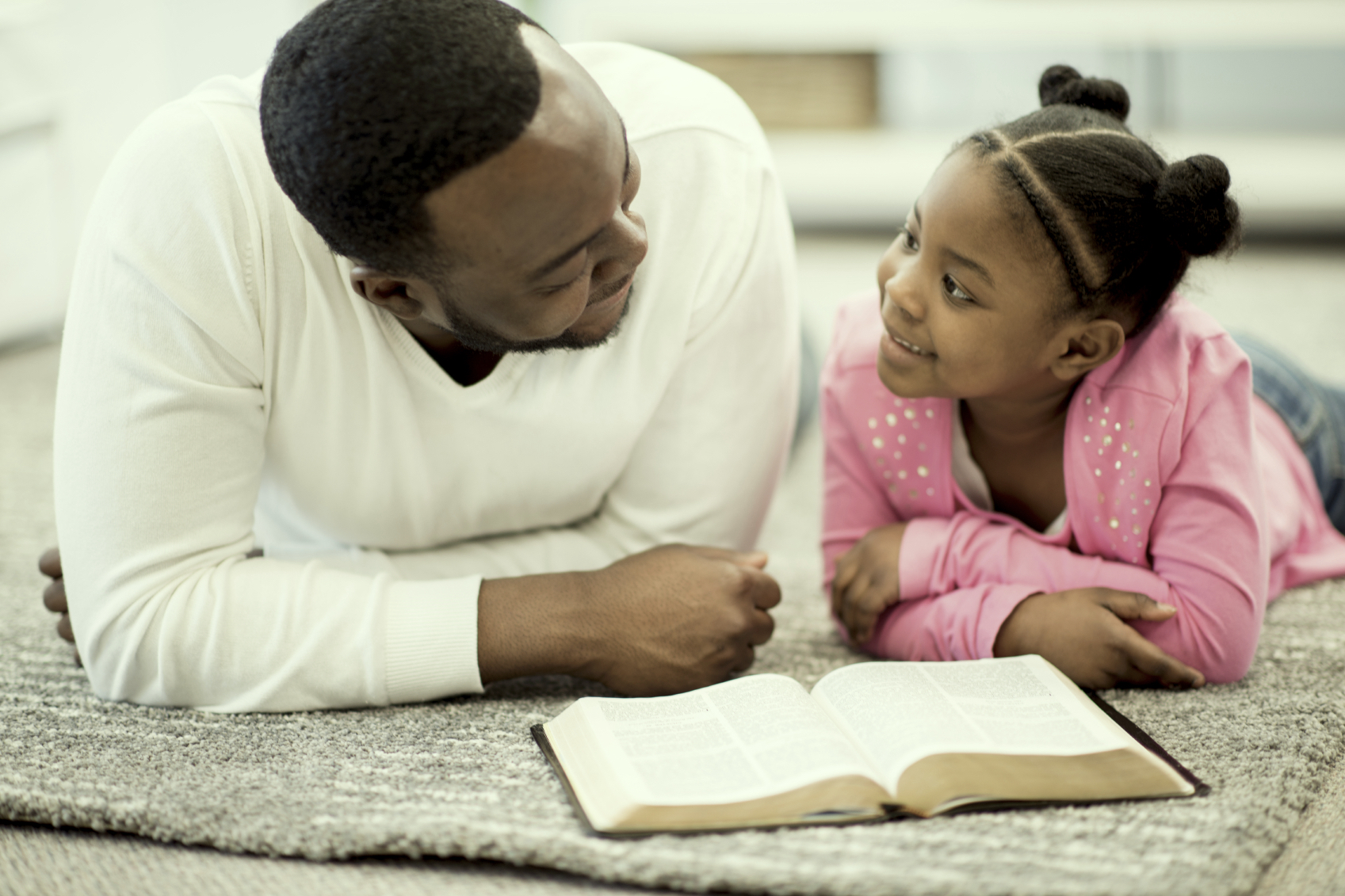The Rosary is likely one of the best known symbols of Catholicism. It is a treasured prayer of popes and paupers, praised both for its simplicity and its deep meditative qualities. (If you’ve never prayed the Rosary, or forgotten how, check out this page for a guide.) This week, we will look at the Rosary, its place in Catholic prayer and the Mysteries that walk us through the life of Christ.
In 2002, St. John Paul II wrote on apostolic letter, Rosarium Virginis Mariae (The Rosary of the Virgin Mary). He said the Rosary “simple yet profound” and “at heart a Christocentric prayer.”
[T]he most important reason for strongly encouraging the practice of the Rosary is that it represents a most effective means of fostering among the faithful that commitment to the contemplation of the Christian mystery which I have proposed in the Apostolic Letter Novo Millennio Ineunte as a genuine “training in holiness”: ‘What is needed is a Christian life distinguished above all in the art of prayer’. Inasmuch as contemporary culture, even amid so many indications to the contrary, has witnessed the flowering of a new call for spirituality, due also to the influence of other religions, it is more urgent than ever that our Christian communities should become ‘genuine schools of prayer’.
Too many Christians dismiss the Rosary as a prayer to Mary. Yet, we do no pray to Mary. We beg her intercession in prayer to Christ, her Son. The last recorded words of Mary in the Gospels are “Do whatever He tells you,” (Jn 2:15) as she first instructs the waiters at the wedding at Cana and then us, the followers of Christ. St. John Paul II says that we learn Christ from Mary, who has the most profound knowledge of our Savior.
The first of the ‘signs’ worked by Jesus – the changing of water into wine at the marriage in Cana – clearly presents Mary in the guise of a teacher, as she urges the servants to do what Jesus commands (cf. Jn 2:5). We can imagine that she would have done likewise for the disciples after Jesus’ Ascension, when she joined them in awaiting the Holy Spirit and supported them in their first mission. Contemplating the scenes of the Rosary in union with Mary is a means of learning from her to ‘read’ Christ, to discover his secrets and to understand his message.
This school of Mary is all the more effective if we consider that she teaches by obtaining for us in abundance the gifts of the Holy Spirit, even as she offers us the incomparable example of her own pilgrimage of faith. As we contemplate each mystery of her Son’s life, she invites us to do as she did at the Annunciation: to ask humbly the questions which open us to the light, in order to end with the obedience of faith: ‘Behold I am the handmaid of the Lord; be it done to me according to your word’ (Lk 1:38).
The Rosary is a prayer of meditation and contemplation. It is not a mindless or rote recitation of prayers. Rather, the prayers, counted on the beads as they slide through the fingers, become a sort of “background music” as one ponders deeply the events of Christ’s life, death, and resurrection. Traditionally, these events are categorized as joyful, sorrowful, glorious and luminous. Those four words simply and beautifully describe the life of our Lord and the Good News He brings.
Tomorrow, we will discuss the Joyful Mysteries.



